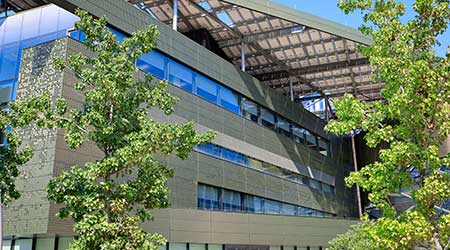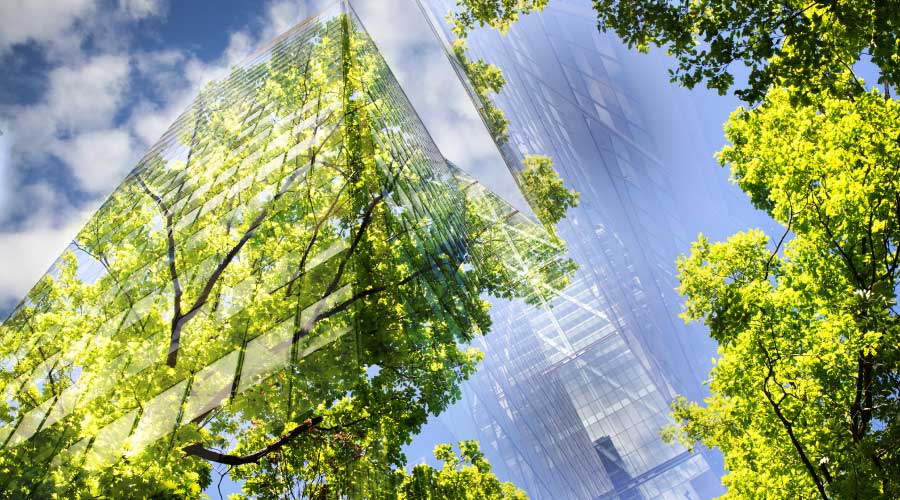EPAct Tax Deduction Extended
Building owners making energy efficient investments received some good news in the Emergency Economic Stabilization Act of 2008 (commonly called the Rescue Package) signed by President Bush on Oct. 3, 2008. That measure extended the tax deductions for energy efficiency investments in buildings contained in EPAct, the Energy Policy Act of 2005.
The Section 179D commercial building deduction tax incentive was extended for five years, through Dec. 31, 2013. Under the extension, buildings will continue to be eligible for tax deductions of 60 cents per square foot each for lighting, HVAC and the building envelope for energy reductions as compared to a building that meets ASHRAE 2001.
Over the past three years, most tax deductions under EPAct have been for lighting. As the lighting industry rolls out highly energy efficient but more expensive LED (light emitting diode) lighting, the five-year extension is very timely.
The extension also gives facility executives more time to take advantage of eased requirements for energy-efficient building envelope measures. Previously, the law required building envelope energy-efficiency measures to achieve a 16.7 percent reduction compared to ASHRAE 2001, the same as for lighting and HVAC, to qualify for an EPAct tax deduction. An Internal Revenue Service Notice created an alternative way of dividing energy reductions among the three building elements. The IRS now permits building envelope measures to qualify if energy costs are reduced by 10 percent compared to ASHRAE 2001. In that case, HVAC and lighting measures must reduce energy costs by 20 percent to qualify for deductions. The old regime, with 16.7 percent reductions across the board, also remains an option.
While most EPAct deductions to date have been for lighting, there has been an increase in projects that are obtaining multiple deductions based on computer simulation modeling. More projects are being modeled because of the growth in LEED projects where modeling is mandatory and because the purchase price of computer simulation energy modeling software licenses is rapidly declining.
It took the first three years of this legislation — from 2006 through 2008 — for facility executives to become familiar with the commercial building incentive. The five-year extension should give every facility executive the chance to have a lighting deduction, and virtually all LEED buildings should be positioned to potentially qualify for one or more deductions.
Related Topics:














